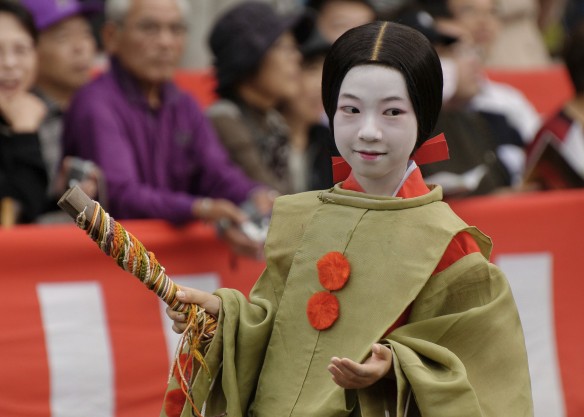MERRY CHRISTMAS !!
Here’s the annual round-up of my blog offerings. I grew insanely prolific this year, and went from biweekly posts to once a week. Happy Holidays and we’ll meet again in 2018. —Jadi
Art: Burma took center stage with A Burmese Spirit Guide and Sand Paintings. Food as Art was a tasty diversion. Andalusia was featured in Granada Heights, Alhambra Walls & Water, and Cordoba’s Arches. And we always have Paris! J’aime la Vie
Book excerpt: From my first book Broken In: A Novel in Stories, about a little boy and other people’s belongings. Carl Possessed 1 & 2
Current Events: I opined (quietly) concerning the mood in America, hurricanes, and the refugee crisis with Flags and Houston, We Have a Problem
Food: Always a fun subject…. A Cornucopia, The Seeds of Summer, Food as Art, and the local specialties here in Christmas Markets, Flammkuchen, and The Seeds of Summer
History & Cultural Heritage: Flags, In Search of Inspiration, J’aime la Vie, Christmas Markets and Death by Yawning
Holidays: Halloween, Japan’s Jidai Matsuri, plus Germany’s Christmas Markets
Memory: A tricky topic involving both emotions and events. I explored memory in The Seeds of Summer, Going Home (this one resonated deeply with readers), Granada Heights, Alhambra Walls & Water, Cordoba’s Arches, and Sevilla Song and Dance
Music: The sound of castanets and flamenco guitar in Sevilla Song and Dance
Nature: I went nuts writing a thread dedicated to my father. It began with The Animal Kingdom: 1 and so far 19 (!) posts have gone live. Since that wasn’t enough for me, I wrote special posts concentrating on individual critter families, such as A Clowder, A Cluster, A Cornucopia, and A Brood. I wrote a post on natural disasters, too: Houston, We Have a Problem
Places: America, Andalusia, Burma, Estonia, Germany, Japan, Latvia, Paris…
Religion: I was lucky to revisit a glorious spot where Christianity and Islam coexisted in Granada Heights, Alhambra Walls & Water, and Cordoba’s Arches
Writing: A goodly dose of humor helps on those baaad days… In Your Shoes or In Search of Inspiration
Take a look around and see if you find old friends or stumble upon posts you may have missed. I like to think that these blog posts are my gifts to the world. As always, I welcome any and all feedback. See you next year!
NOTES: © Jadi Campbell 2017. To see Uwe’s animal photos and pics from our trips, go to viewpics.de
Click here for my author page to learn more about my books and me.








